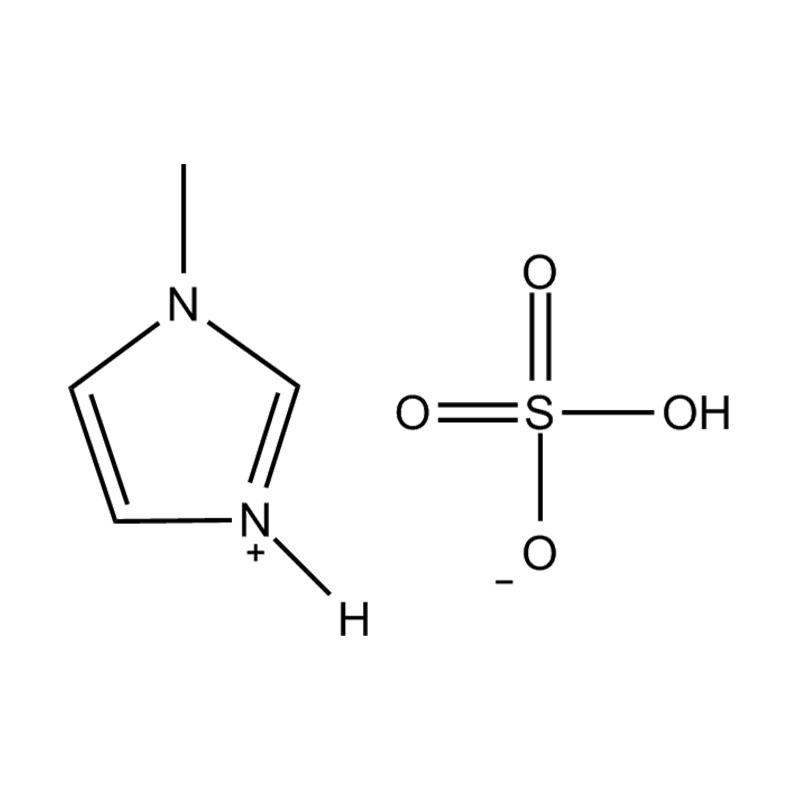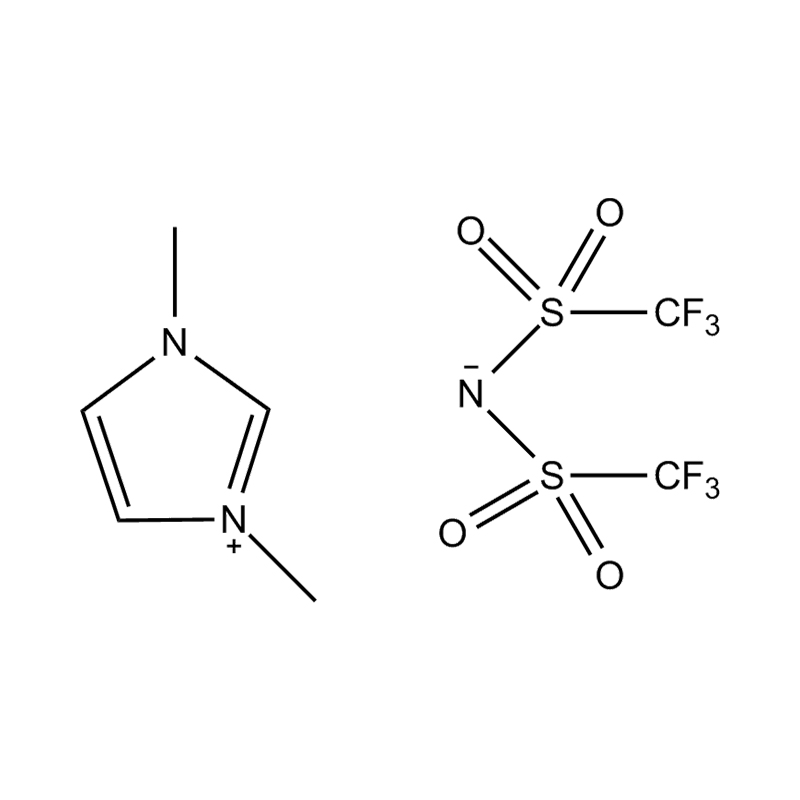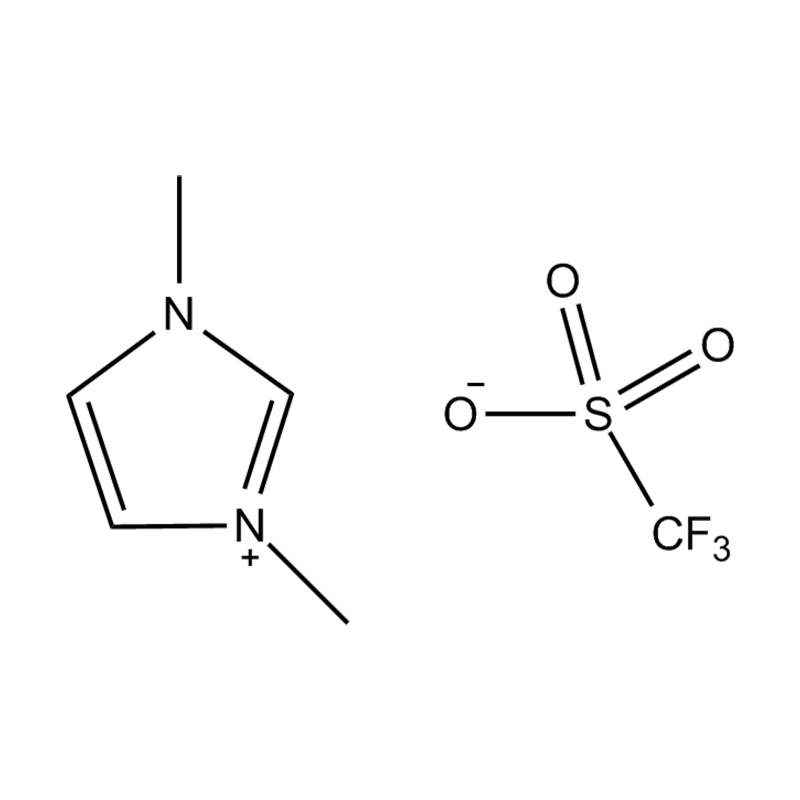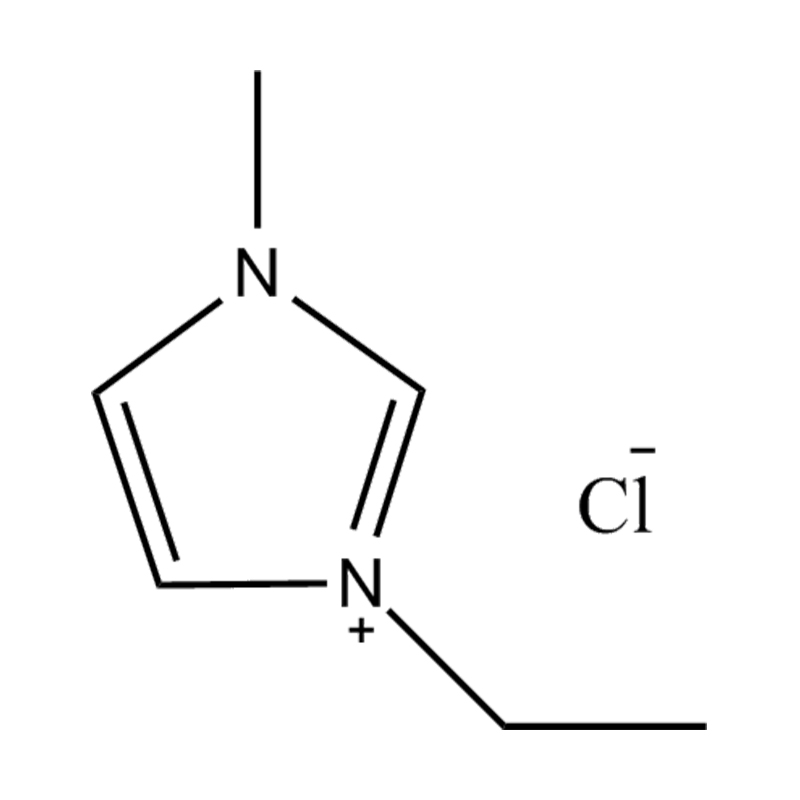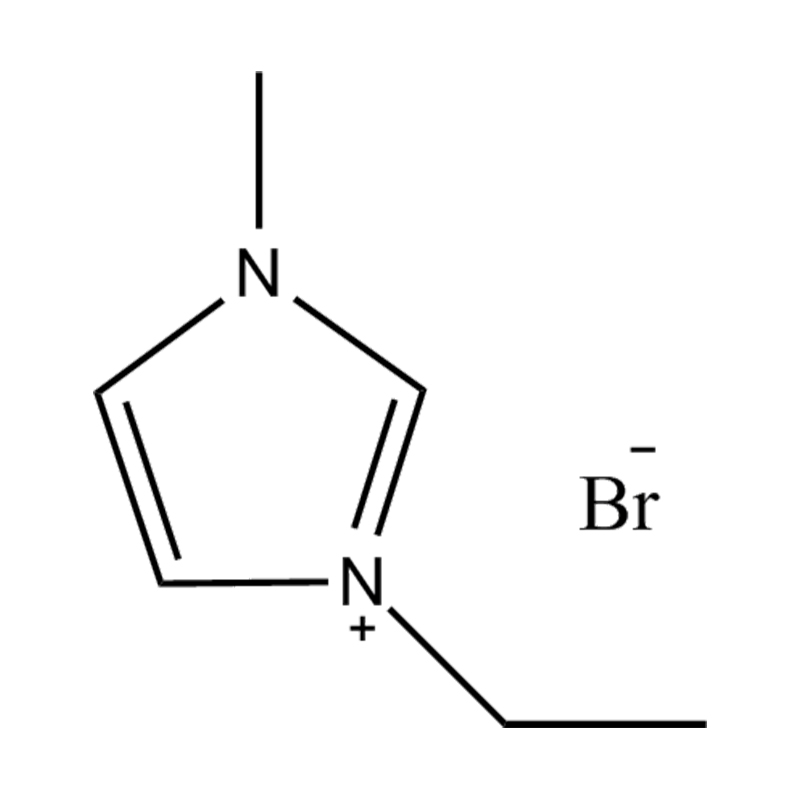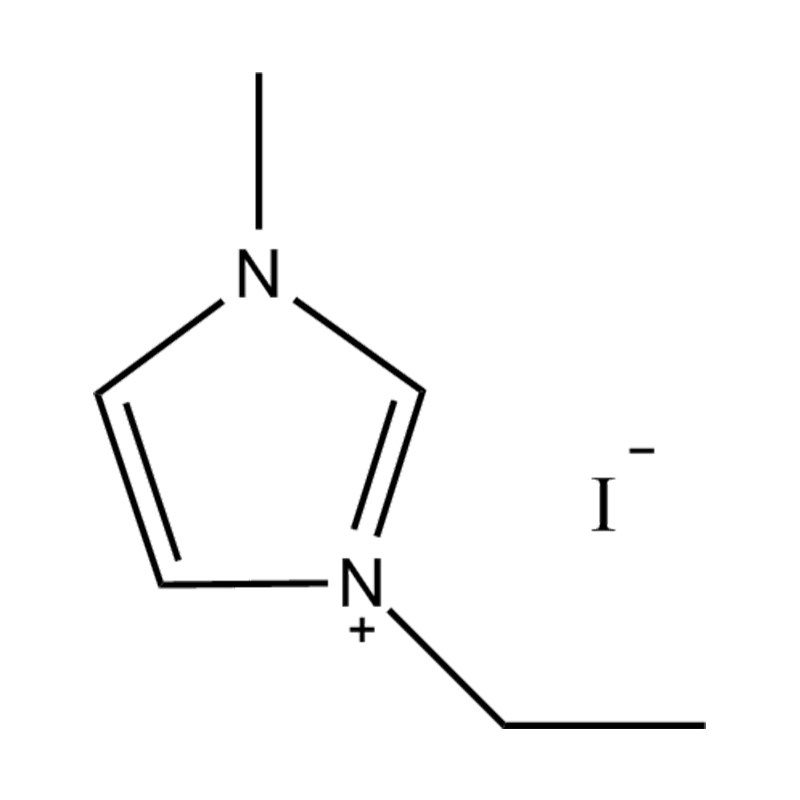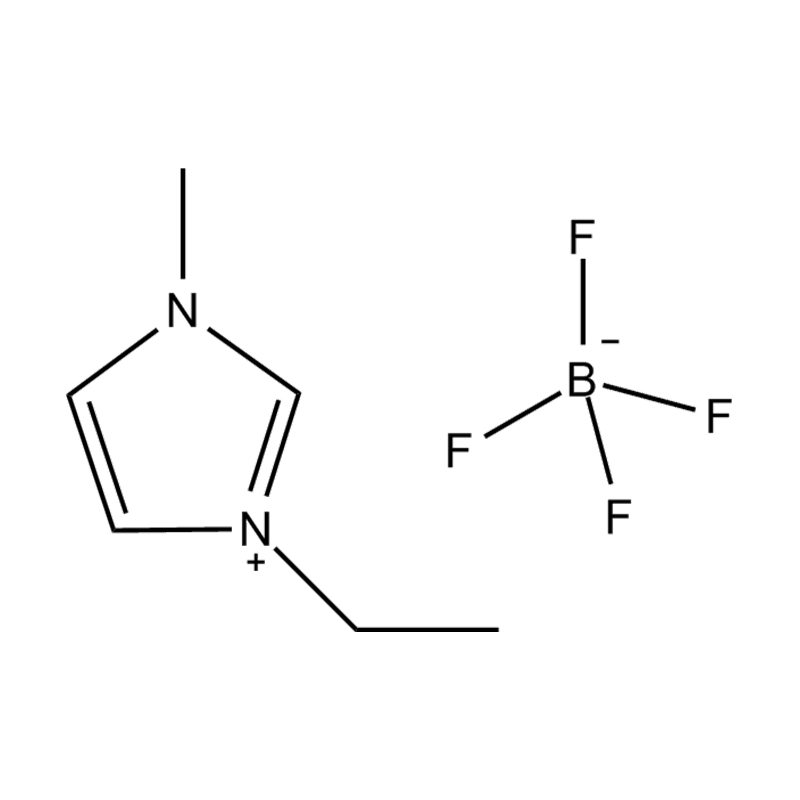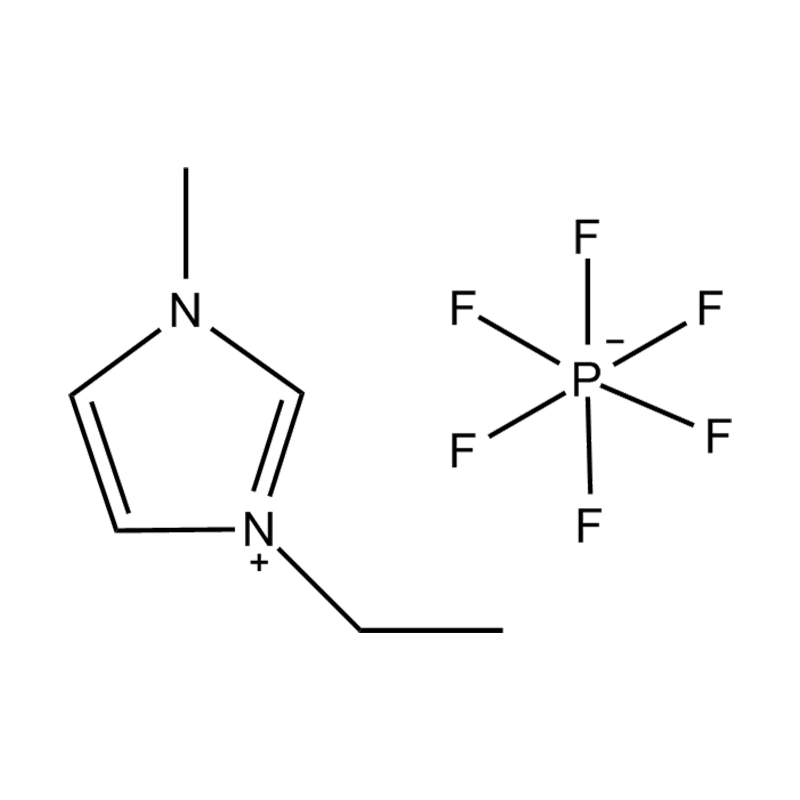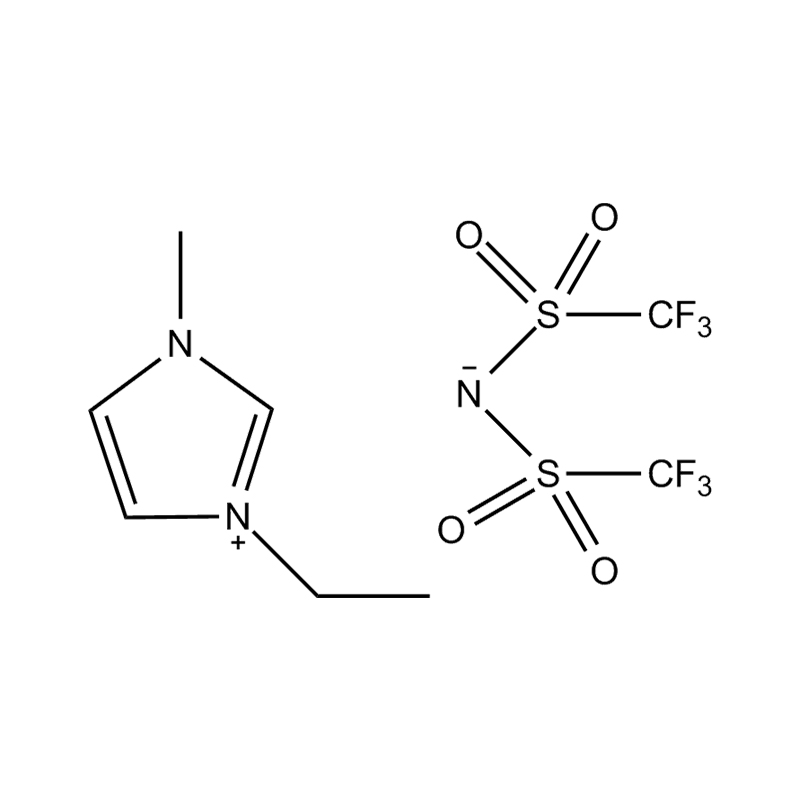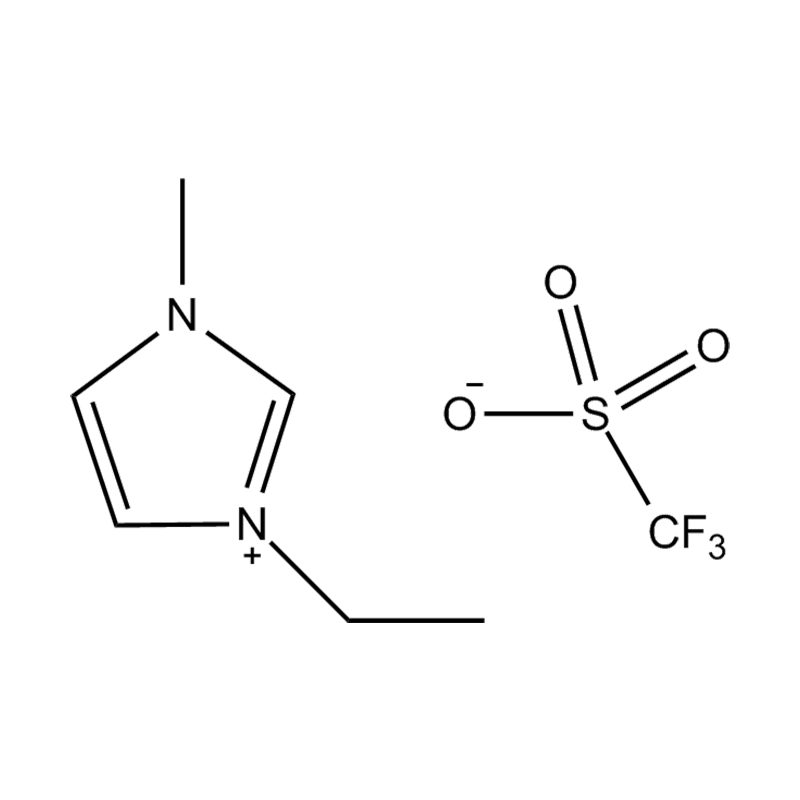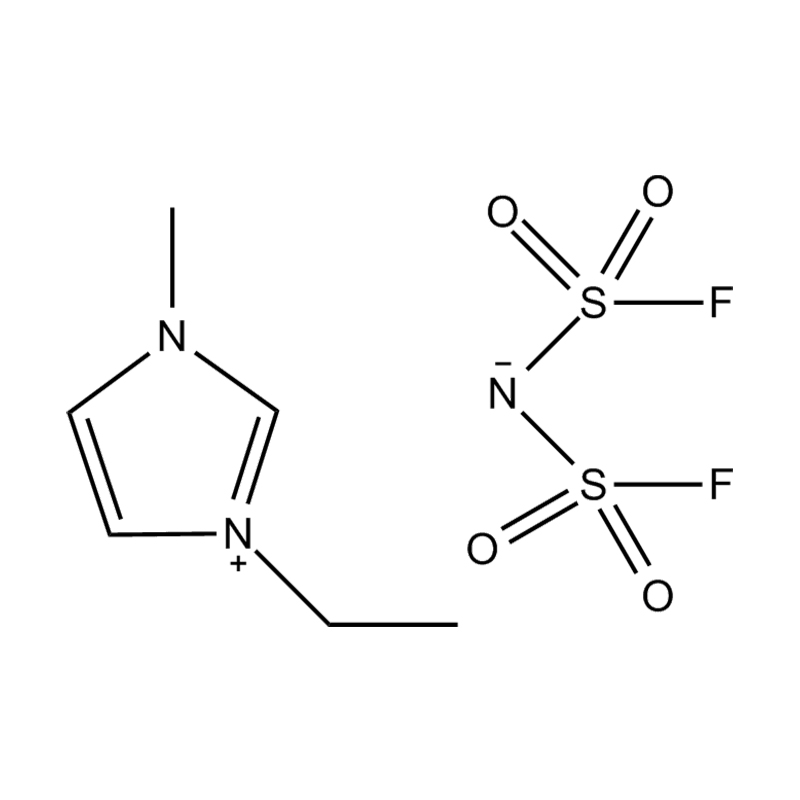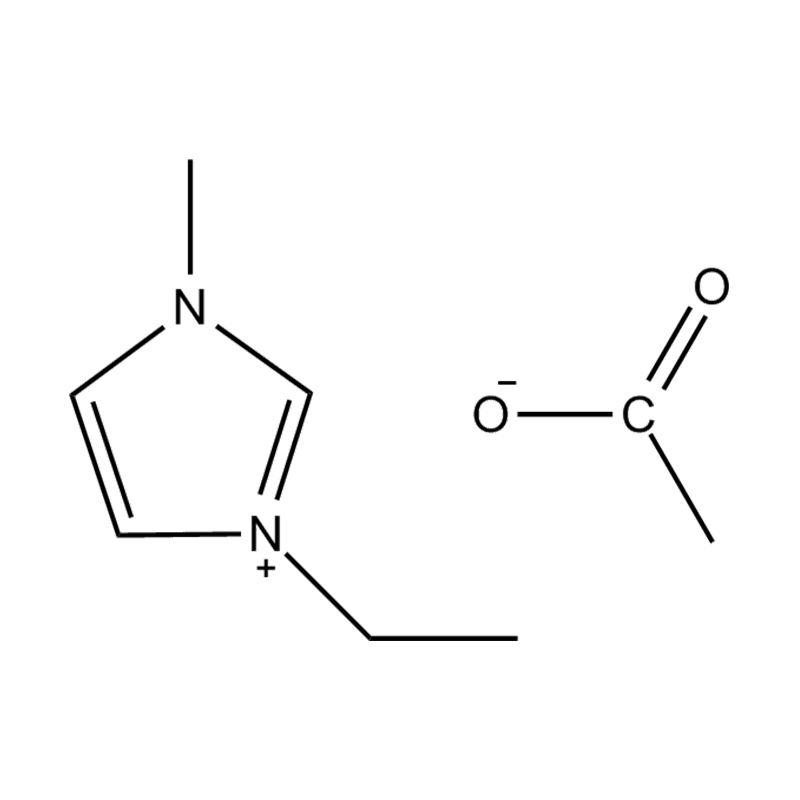In the evolving world of materials science, Polymeric Ionic Liquids (PILs) are gaining attention for their unique combination of ionic conductivity, thermal stability, and tunable polymeric structures. These materials offer promising applications across energy storage, electrochemical devices, green solvents, and functional membranes—positioning PILs as key enablers of innovation in both academic and industrial research.
What Are Polymeric Ionic Liquids?
Polymeric ionic liquids are polymers that incorporate ionic liquid moieties either as pendant groups along the polymer backbone or as part of the polymer chain itself. They merge the desirable properties of ionic liquids—such as non-volatility, electrochemical stability, and ion transport—with the mechanical robustness and processability of polymers.
PILs can be synthesized via direct polymerization of ionic liquid monomers or by functionalizing existing polymer structures. Common cations include imidazolium, pyridinium, ammonium, and phosphonium, while counteranions vary depending on the target application.
Key Benefits and Properties
-
High Ionic Conductivity
PILs enable ion transport through their internal structure, making them suitable for solid electrolytes in lithium-ion batteries, fuel cells, and supercapacitors. -
Thermal and Chemical Stability
Due to their ionic nature, PILs demonstrate strong resistance to high temperatures and chemical degradation, supporting their use in harsh or reactive environments. -
Tunable Molecular Design
The polymer structure, chain length, ionic group density, and counterions can be precisely controlled, allowing the design of materials with application-specific properties. -
Low Vapor Pressure and Non-Flammability
PILs inherit the low volatility of ionic liquids, making them safer alternatives to traditional volatile organic compounds (VOCs) in industrial processes. -
Film-Forming and Membrane Capabilities
Their processable nature allows PILs to be fabricated into thin films, coatings, or membranes, useful for gas separation, ion exchange, and proton conduction.
Key Applications
- Energy Storage Devices:
PILs serve as solid-state electrolytes or ion-conductive binders in batteries, supercapacitors, and redox flow cells, improving both performance and safety. - Fuel Cells and Electrochemical Systems:
Proton-conducting PIL membranes are being developed for PEM fuel cells as alternatives to conventional perfluorinated ionomers like Nafion. - Gas Separation and CO₂ Capture:
Functionalized PIL membranes can selectively capture carbon dioxide, offering a path to more efficient carbon capture technologies. - Electronics and Sensors:
Their ionic nature and dielectric properties enable their use in flexible electronics, ionotronic devices, and biosensors. - Catalysis and Green Chemistry:
As solid catalysts or supports, PILs contribute to solvent-free or recyclable reaction systems, aligning with principles of sustainable chemistry.
Recent Research and Trends
Recent advancements in the design of block copolymer PILs and crosslinked ionic networks have opened the door to improved mechanical performance and dimensional stability. Meanwhile, PIL-based nanocomposites—where nanoparticles are embedded in the polymeric ionic matrix—exhibit enhanced conductivity, thermal resistance, and functionality.
Researchers are also exploring bio-based ionic liquids for synthesizing PILs from renewable feedstocks, combining material innovation with environmental responsibility.

Challenges and Considerations
Despite their promise, challenges remain in the large-scale synthesis and cost reduction of PILs. Issues such as polymerization efficiency, ion mobility trade-offs, and mechanical brittleness in certain structures still require optimization. However, ongoing research and material engineering are steadily addressing these barriers.


 English
English Deutsch
Deutsch Español
Español 中文简体
中文简体


